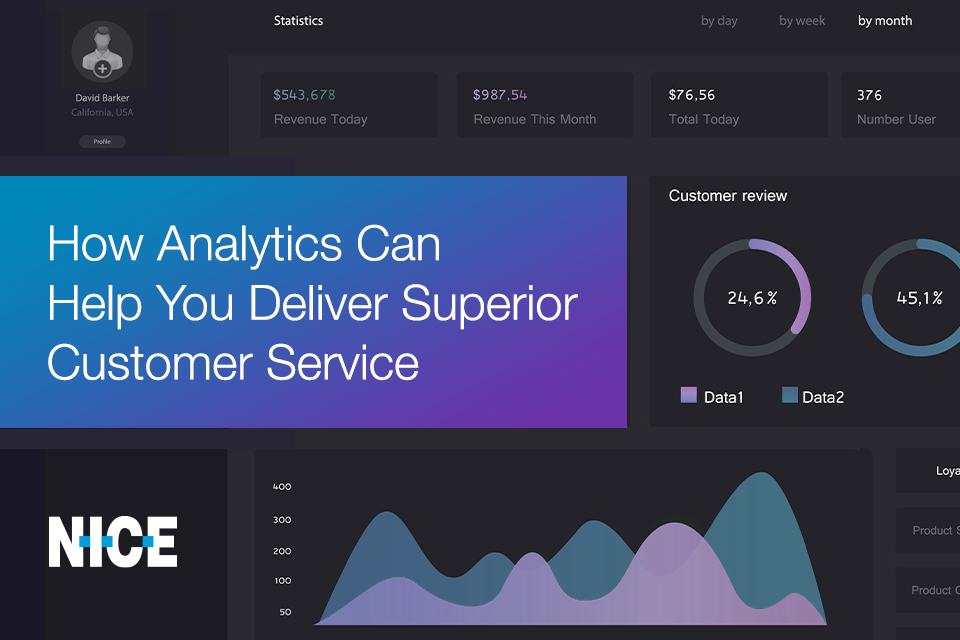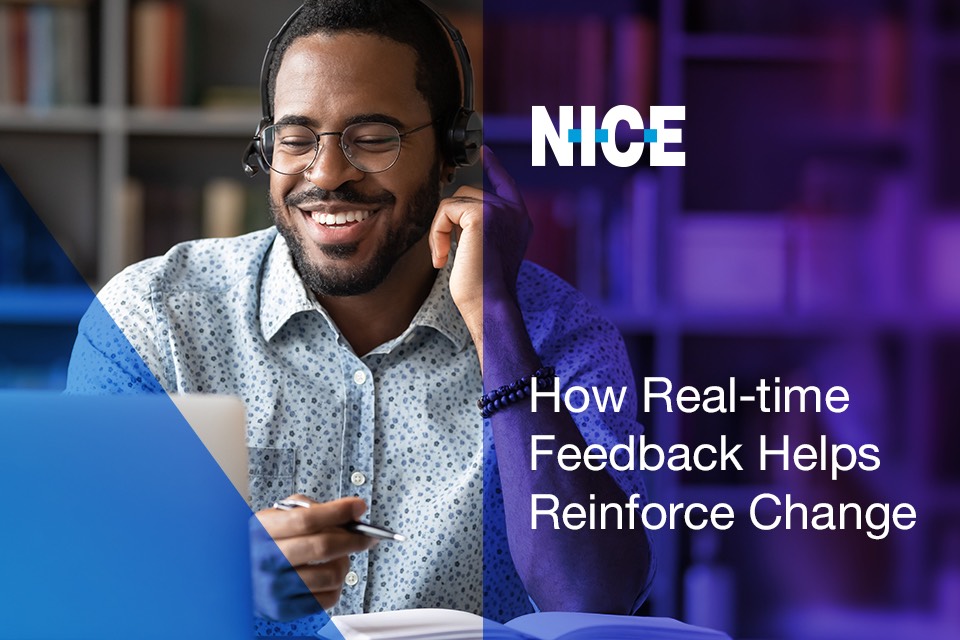How Analytics Can Help You Deliver Superior Customer Service
https://contactcentresummit.co.uk/wp-content/uploads/2021/02/NICE-Feb-23rd-how-analytics-960x640-1.jpg 960 640 Lauren Maschio Lauren Maschio https://contactcentresummit.co.uk/wp-content/uploads/2020/10/Lauren-Maschio-297x175.jpgLauren Maschio, Product Marketing Manager, NICE
Consumers today expect world-class customer experiences, and delivering the fast, personalized service they demand requires that you build analytics into the core of your business. Analytics can deliver a competitive advantage by improving the quality of your interactions with customers, and with the contact centre the most vital point of contact between your company and your customers, that’s critically important.
Analytics encompasses far more than trends and insights, however; trends and numbers will get you nowhere unless your analytics program is driving the business outcomes you desire rather than simply identifying trends. Here’s what you need keep in mind to truly impact CX and CSAT:
Leverage the power of AI
AI technology has become the driving force behind innovation ranging from self-driving cars to e-commerce recommendations. In the contact center, the use of prebuilt AI technology for analytics has moved from a nice-to-have to an imperative due to its ability to transform customer service, both in terms of quality as well as efficiency. While machine learning examines and compares data to find patterns and explore nuances, AI takes it a step further, continually evolving in how it enables machines to behave in a way previously thought to require human intelligence.
In the contact center, that takes a variety of forms, including:
- Autodiscovery, or the use of unsupervised machine learning to surface unknowns in interactions data, which makes it possible to focus deeper analysis on the topics that are most critical to your business.
- Sentiment analysis, which is a proven predictive indicator of customer satisfaction such as tNPS or CSAT surveys.
- AI behavior models, which score the agent soft-skill behaviors that influence the sentiment analysis on all interactions.
Move beyond speech analytics
Your agents’ interactions with customers are no longer limited to the phone; increasingly, customers are reaching out via chat, email, social media and more. If you really want to know what your customers are talking about, you must be analyzing interactions over all channels – text and audio.
An omnichannel approach that covers all channels of interactions enables you to analyze a variety of characteristics, including:
- Speech time/non-speech time, or the presence and amount of speaking vs. silence in calls over a period of time. You can identify both the agents who have the highest speech or non-speech time as well as the reasons for call silence.
- Agent response time in a chat, or how long it takes the agent to respond to a chat request.
- Customer sentiment on social channels, including through text, hashtags and more.
Focus on outcomes, not data collection
When implemented in a way that drives outcomes rather than simply outlining trends, analytics offers tremendous potential to improve CX and CSAT, as one financial services provider found. After implementing an analytics program across its contact center, the provider discovered that agents were missing information, leading to long hold times. By training agents better, the provider was able to:
- Decrease hold times.
- Increase customer satisfaction.
- Save more than $540,000 annually.
Keep evolving
If there’s one constant today, it’s that change is ongoing. Your sales and service models aren’t static, so your analytics program shouldn’t be either. Your business — and the language your agents and customers use when speaking about your unique environment, products and services – will naturally evolve, and your analytics program must be able to adapt in response.
To learn more about how analytics can give you the tools you need to drive the outcomes your business desires and the service your customers demand, download the ebook, AI-Enabled Contact Center Analytics For Dummies.


